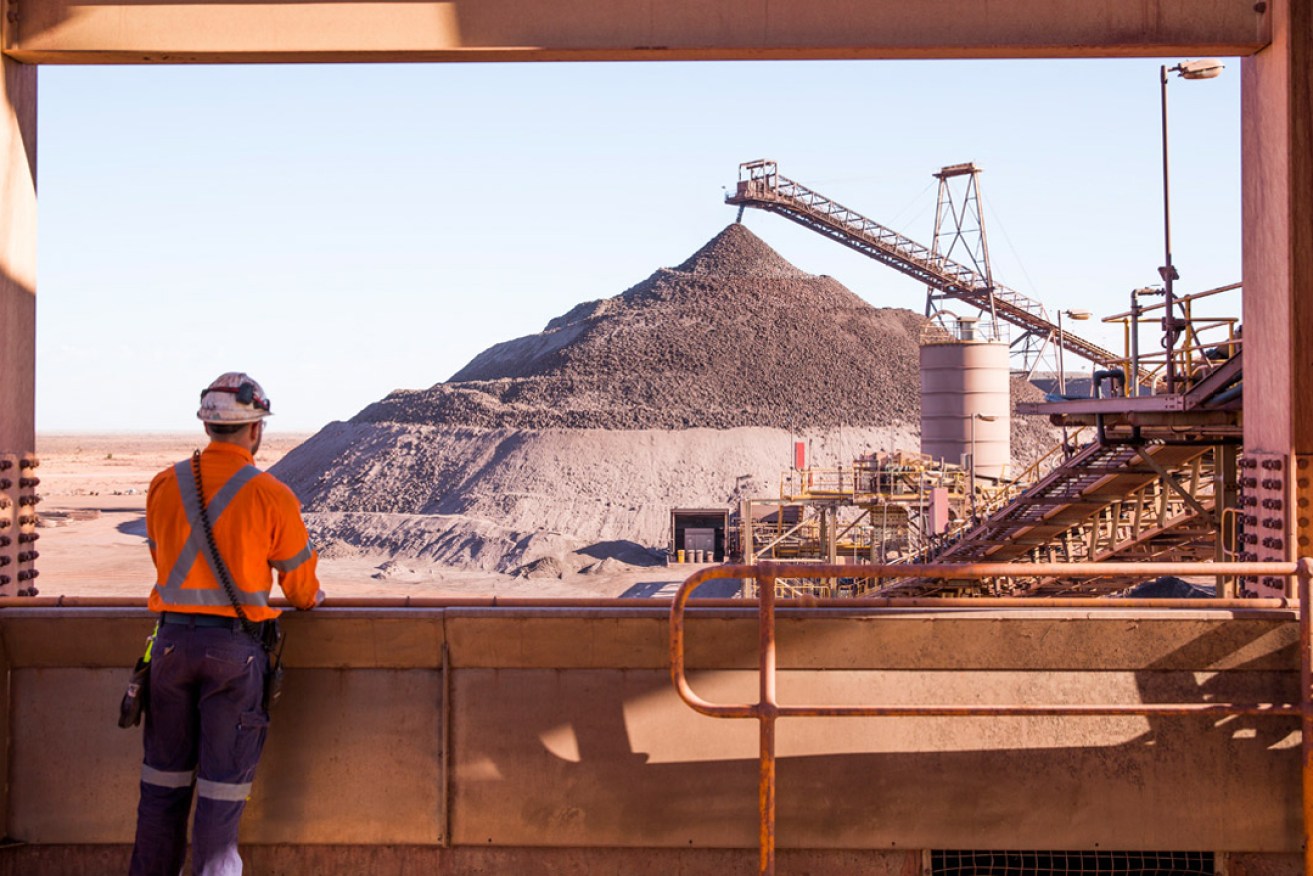Work undertaken by the Geological Survey of South Australia, in collaboration with the University of Queensland’s Sustainable Mineral Institute, ranked tailings dams and other mine waste deposits for around 1000 historical mine sites across South Australia.
Several appeared to contain critical metals suitable for reprocessing.
Identifying critical minerals in mine waste adds a new dimension to exploration and mining in SA, enabling tailings – the waste materials left behind after the target mineral is extracted from ore – to be essentially “recycled”.
“Increasing interest in the potential economic benefits from secondary prospectivity of critical metals from mine waste is changing the concept of what is classed as mine waste,” the report outlined.
With a “new opportunity to provide a sustainable and responsible source of critical metals to, in part, meet these future metal demands”.
It finds, for example, that mine waste around Queensland’s Mt Isa-Osborne region could contain as much as 158,720 tonnes of cobalt – potentially worth as much as $8 billion.
The report, based on data sourced via the South Australian Resources Information Gateway, an open-access mapping and data delivery portal, indicated that similar opportunities may exist in SA’s mine waste.
BHP’s Olympic Dam, for example, is expected to have produced some 180 million tonnes of tailings, likely to contain around 540,000 tonnes of rare earth elements.
This week the SA Critical Minerals Mine Waste Study moves from desktop analysis of existing data to the physical collection of samples for verification.
“Mine waste and tailings dams have the potential to be monetised – potentially significantly – while minimising environmental harm, and simultaneously growing royalties for all South Australians,” Energy and Mining Minister Tom Koutsantonis said.
“This approach, applied in the right way, has the potential to help rehabilitate sites and improve legacy rehabilitation to new contemporary standards, as well as reduce the carbon footprint in the extraction of new materials.”
The report’s authors identified the closed or historic sites with a high probability of containing critical mineral metals in their tailings and mine waste.
Results indicate that South Australian mine waste and tailings are fertile in metals including cobalt, copper, nickel, gold and other rare earth elements through the Adelaide Rift Complex, Gawler Craton, Nackara Arc, Kanmantoo Group and Willyama Supergroup areas.
While the state’s Middleback Ranges was recognised as having potential for Manganese.
Other study areas within the report include Mount Gunson, Port Pirie, Burra, Mount Grainger, Alma and Victoria, Paratoo, Moonta Mines, Challenger, Dome Rock, Iron Knob, Brukunga and Kanmantoo – all with potential for further investigation.





